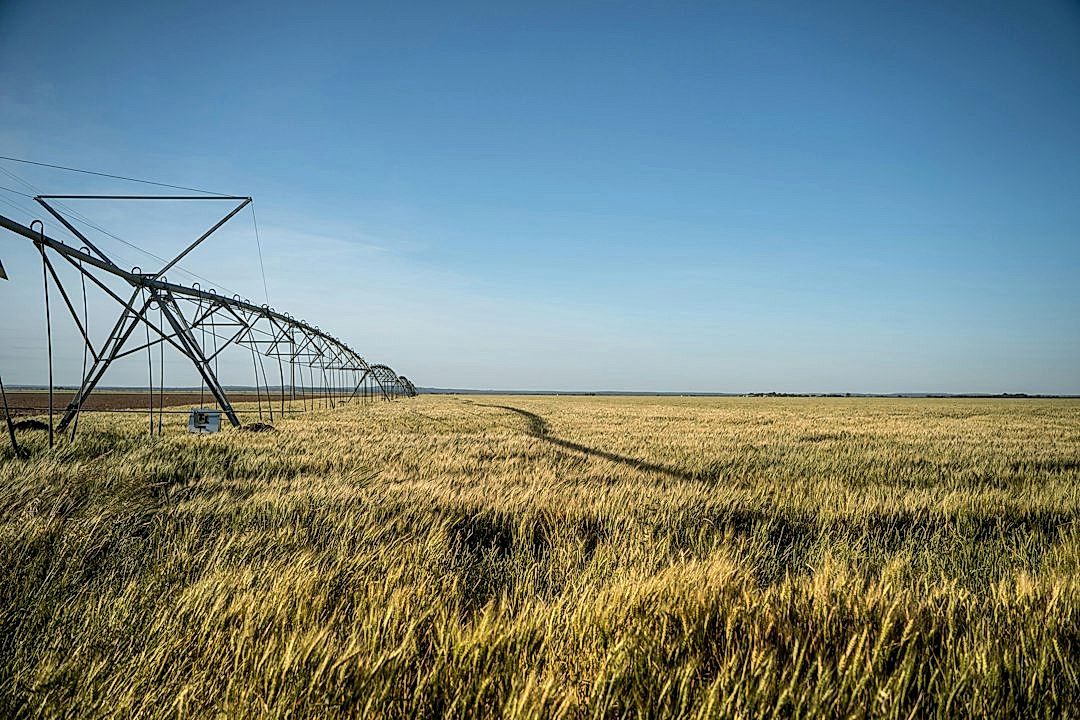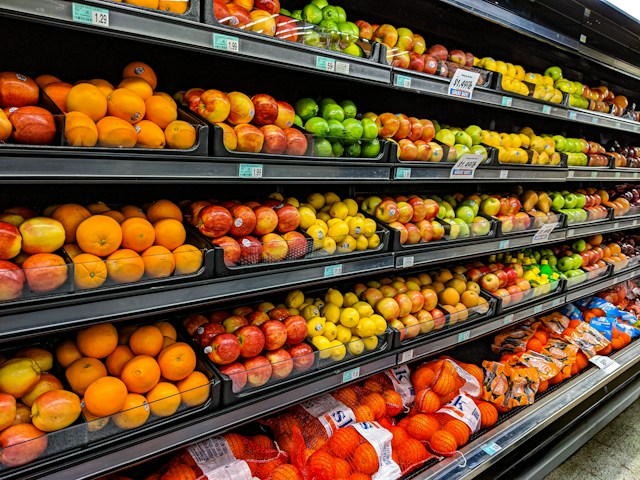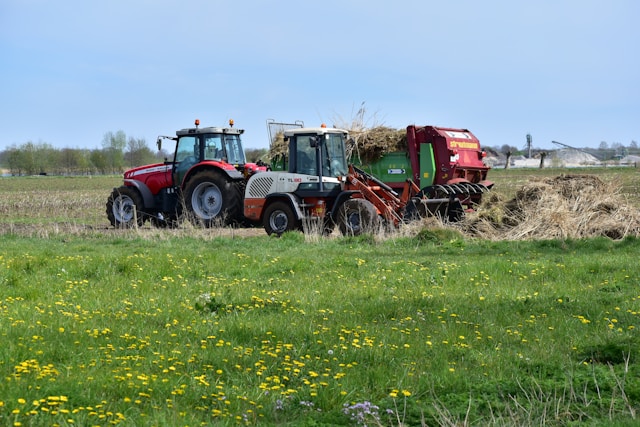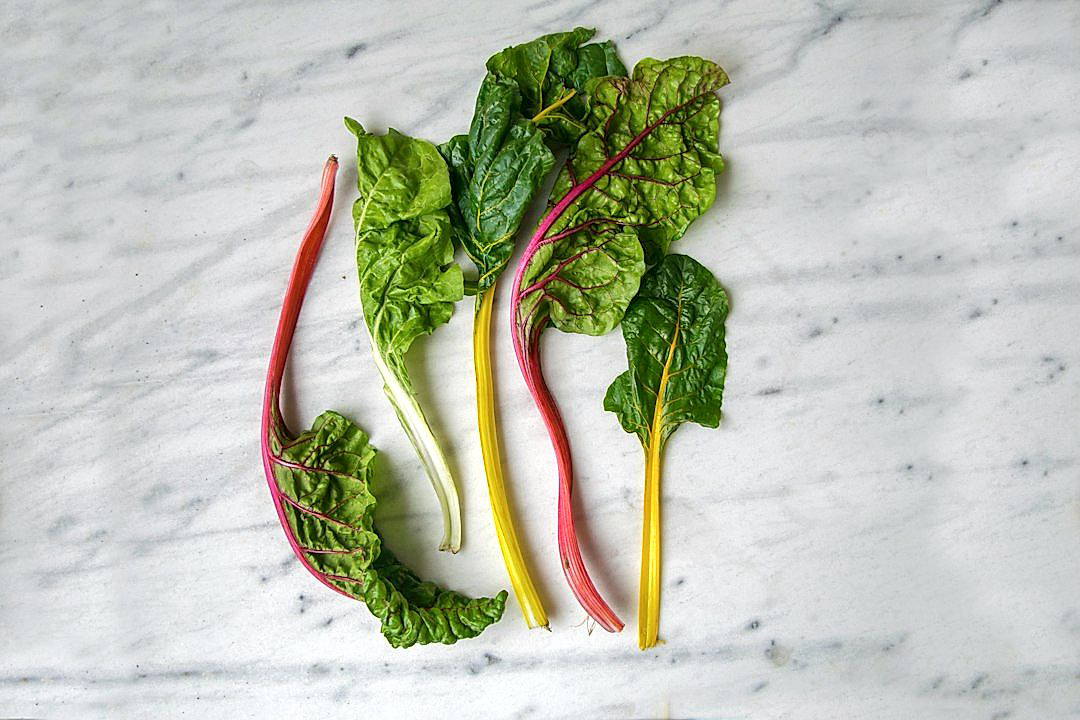The world is facing an increasing water crisis, a critical issue amplified by climate challenges and growing population pressures.
On this backdrop, the agricultural sector, being one of the larger consumers of water, has a central role to play.
To enhance sustainable growth in this field, it is crucial to adopt advanced technologies capable of reducing water consumption.
Particularly in produce farming, the implementation of water-saving innovations not only contributes to the mitigation of water scarcity but also promotes environmentally friendly practices.
Moreover, it promises opportunities for increased yield and productivity without jeopardizing our precious resources.
The development of these water-saving technologies in produce farming marks a significant step towards sustainable agriculture.
Contents
Water-saving Technologies In Produce Farming
1. Drip Irrigation Systems
Drip irrigation systems have become a game changer in resource management for produce farming.
This water-saving technology employs a network of tubes, valves, and emitters to deliver precise amounts of water directly to the plant’s root zone.
This method greatly reduces the volume of water wasted to runoff or evaporation.
In a traditional irrigation system, water is dispersed indiscriminately over a broad area, much of it never actually reaching the plants’ roots.
The result of a drip irrigation system is a significant reduction in water usage, often by 30%-60%, while still supporting healthy crop growth.
The ability to apply water only where and when it is needed enhances the crop yield and minimizes the growth of unwanted weeds.
One additional benefit is the system’s capacity to distribute nutrients directly to the roots alongside water, thus improving the efficiency of fertilizer use.
Drip irrigation systems are beneficial for a variety of crops, including fruits, vegetables, and even vineyards .
The adaptability of these systems is another of their strengths, catering to different topographies, soil types and crop requirements.
Moreover, these systems are not only suitable for large-scale farms but also effective for smaller gardening spaces such as backyard vegetable plots.
These encompass everything from portable, above-ground setups to sophisticated subsurface networks installed permanently below ground.
The use of smart technologies like automation can improve the effectiveness of drip irrigation systems.
This results in time-saving as it eliminates the need for farmers to manually operate the irrigation systems.
In terms of costs, the installation of a drip irrigation system might seem heavy but its long-term savings in terms of water, effort and yield enhancement are substantial.
Thus, drip irrigation systems are a powerful water-saving technology in produce farming, enabling farmers to use water more efficiently, improve crop health, and ultimately increase agricultural profitability.
2. Soil Moisture Sensors
Soil moisture sensors are one of the advanced technological tools that farmers, particularly those involved in produce farming, are employing to conserve water.
They work by measuring the water content in the soil and sending this data to automated irrigation systems or to farmers directly via various software applications.
The principle behind their operation is simple; they provide real-time information on the water levels in the soil, allowing farmers to make informed decisions on when to irrigate and how much water to use.
This is beneficial in avoiding over-watering, a common practice in traditional farming that not only wastes water but also drowns crops and reduces their yield.
By accurately monitoring soil moisture levels and only activating irrigation when necessary, a tremendous amount of water can be saved in the long run.
Through the use of soil moisture sensors, farmers can not only conserve significant amounts of water but also greatly improve the health and yield of their crops.
Adopting soil moisture sensors in farming operations is also a cost-effective move for farmers.
Reduced water consumption means lower water bills, not to mention the savings on the energy costs associated with running irrigation pumps.
Furthermore, it’s worth noting that effective water management through soil moisture sensors also contributes significantly to environmental conservation.
By using only the necessary amount of water, farming activities will result in less runoff which often carries fertilizers and pesticides into nearby water bodies, causing pollution.
Availability and access to these sensors have also improved over time, thanks to several companies that are manufacturing affordable, high-quality soil moisture sensors.
In many cases, the cost of these sensors is quickly recovered through the savings in water and energy costs.
Adding to this is the variety of soil moisture sensors available in the market, including volumetric water content sensors and tension-based sensors, providing farmers with options to choose the one that best suits their farming needs.
Ease of installation and low maintenance requirements are other favorable attributes of soil moisture sensors that are winning the hearts of produce farmers.
The uptake of soil moisture sensors in produce farming is, therefore, expected to keep increasing as more farmers recognize their efficiency, affordability, and environmental benefits.
Indeed, soil moisture sensors represent a future where water-efficient produce farming is the norm rather than the exception, greatly contributing to global water conservation efforts.
3. Aquaponic farming systems
As technologies aimed at agriculture continue to improve, we are seeing the emergence of more innovative and efficient ways of farming such as the aquaponic farming systems.
The advent of aquaponic farming, a system that combines conventional aquaculture (raising aquatic animals) with hydroponics (cultivating plants in water), has significantly reduced water usage in farming.
This innovative system works by utilising the waste produced by fish in the system as a source of nutrients for the plants.
Remarkably, aquaponics systems use nearly 90 percent less water than traditional farming methods as the water is continuously recycled within the system.As such, farmers using these systems can grow an abundant variety of crops while saving considerable amounts of water, a precious resource in agriculture.
Aquaponic systems are a brilliant example of how technology can help achieve sustainability in farming, particularly in regions where water resources are scarce.
All water saved is imperative to the task at hand and can be redirected to other critical purposes, mirroring the essence of water-saving technologies in produce farming.
Notably, these water-efficient systems are not limited to large-scale farming; they can be sized to fit small-scale farming practices and even home gardens.
Diverse climates and circumstances accommodated by these systems make it an effective solution for various agricultural contexts.
Consequently, the spread and adoption of aquaponic farming systems across the world have notably increased in recent years.
With the rapid increase in global population and the rising demand for food, water-saving technologies such as aquaponic farming systems have the potential to revolutionise the future of farming.
Farmers using these methods are more likely to achieve higher crop yields with lower water usage, a perfect example of optimising resource use.
It is clear that aquaponic farming systems are massively transforming the agricultural sector in ways that promote agricultural sustainability.
In the face of climate change and diminishing freshwater resources, adopting these advanced agricultural techniques is almost imperative.
Overall, the use of aquaponic farming systems offers a promising pathway to water-efficient and sustainable farming without compromising the health or variety of crops cultivated.
4. Rainwater Harvesting Systems
Given the increasingly unpredictable patterns of rainfall, rainwater harvesting systems have gained recognition for their role in conserving water resources in produce farming.
These systems allow farmers to collect and store rainwater during periods of precipitation, which can then be used during drier seasons or droughts.
The primary component of such a system is a catchment area – typically the roof of a building which maximizes the surface area for rainwater collection.
The rain, once it falls on this catchment area, is then directed through a series of gutters and pipes towards a storage tank or directly into the irrigation system.
Scaling up of these systems on a larger level can eliminate or significantly reduce dependencies on groundwater or municipal water supplies.
Installing rainwater harvesting systems is a very cost-effective method of securing a sustainable water source for farming operations.
With the implementation of proper filtration and treatment processes, the harvested rainwater can serve as a safe and reliable water source for a wide array of irrigation needs.Another significant advantage of these systems is the reduction in soil erosion caused by runoff during rain events.
Plus, the reduced dependency on traditional water sources means less pressure on these resources leading to their conservation for future use.
However, stakeholders should consider potential challenges like cost of installation and maintenance, seasonal variability of rainfall, and legality of rainwater collection in certain areas.
Yet, with the right design and efficient use, rainwater harvesting can provide a significant portion of water needs for produce farming.
The use of rainwater harvesting systems, therefore, is a practical and sustainable measure for water conservation in produce farming.
However, one cannot ignore the role of ongoing research and advancements in technology to make these systems more efficient and accessible.
Thus, leading to a considerable reduction in the use of groundwater and assisting the global objective of conserving our precious water resources.
Furthermore, these systems can also become a part of the educational approach for farmers and local communities to demonstrate the importance and advantages of sustainable water management practices.
5. Precision Watering Technologies
One of the most innovative and promising water-saving technologies in the produce farming industry is precision watering technologies.
Precision watering, also known as precision irrigation, uses advanced technology to monitor and manage the water usage of each plant or crop.
The overall goal of this watering technology is to improve irrigation efficiency by delivering the exact amount of water necessary, not too much, and not too little.
Crucially, this technology is composed of high-tech systems that include automated irrigation systems, weather monitoring devices, soil moisture sensors, and other advanced tools.
The use of these integrated systems significantly reduces water waste, leading to more sustainable farming.
Unlike traditional watering methods, precision watering technologies can be operated remotely; farmers can make changes to the watering schedule or volume according to real-time data and even weather forecasts.
By adjusting in real-time, farmers ensure that plants receive the precise amount of water they need, during the most effective times of day or during optimal growth stages.
Beyond water savings, precision watering technologies can also increase crop yields and improve the quality of produce – crucial considerations for farmers.
One popular precision watering technology used by farmers is drip irrigation systems, which delivers water directly to the root zone of plants.
Another is sprinkler systems, which can now be outfitted with precision technology to minimize over-spray and water waste.
It’s important to note that precision watering technologies require a significant upfront investment, but many farmers find that the cost savings in water and improved yields make the investment well worth it.
Notably, there is also an environmental benefit to reducing the overuse of water in farming, a serious issue that affects many areas around the world.
By endorsing precision watering technologies, farmers can actively contribute to preserving our precious water resources.
In the face of increasing water scarcity, precision watering technologies represent a potential game-changer for the future of sustainable farming.
The Bottom Line
Innovative farming technologies are certainly revolutionizing agriculture.
Drip irrigation systems, soil moisture sensors, aquaponic farming systems, rainwater harvesting systems, and precision watering technologies each have their respective roles in increasing water efficiency and crop yield, proving to be eco-friendly choices for sustainable food production.
These systems have the capability to mitigate water scarcity issues, promote sustainable agriculture, and contribute to food security on a global scale.
Hence, the wider adoption and integration of these technologies are paramount, not only for farmers but also for everyone who depends on the agriculture sector.
Clearly, these tools are paving the way towards more sustainable and efficient farming practices.




